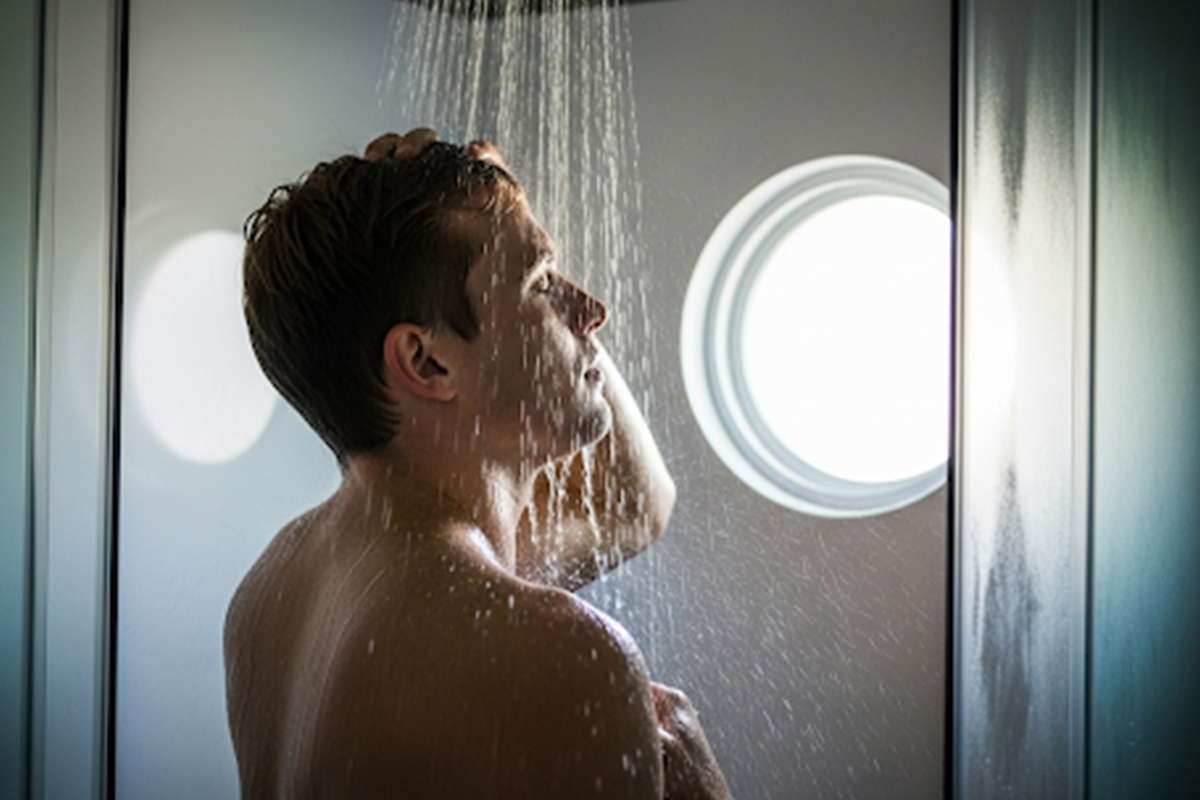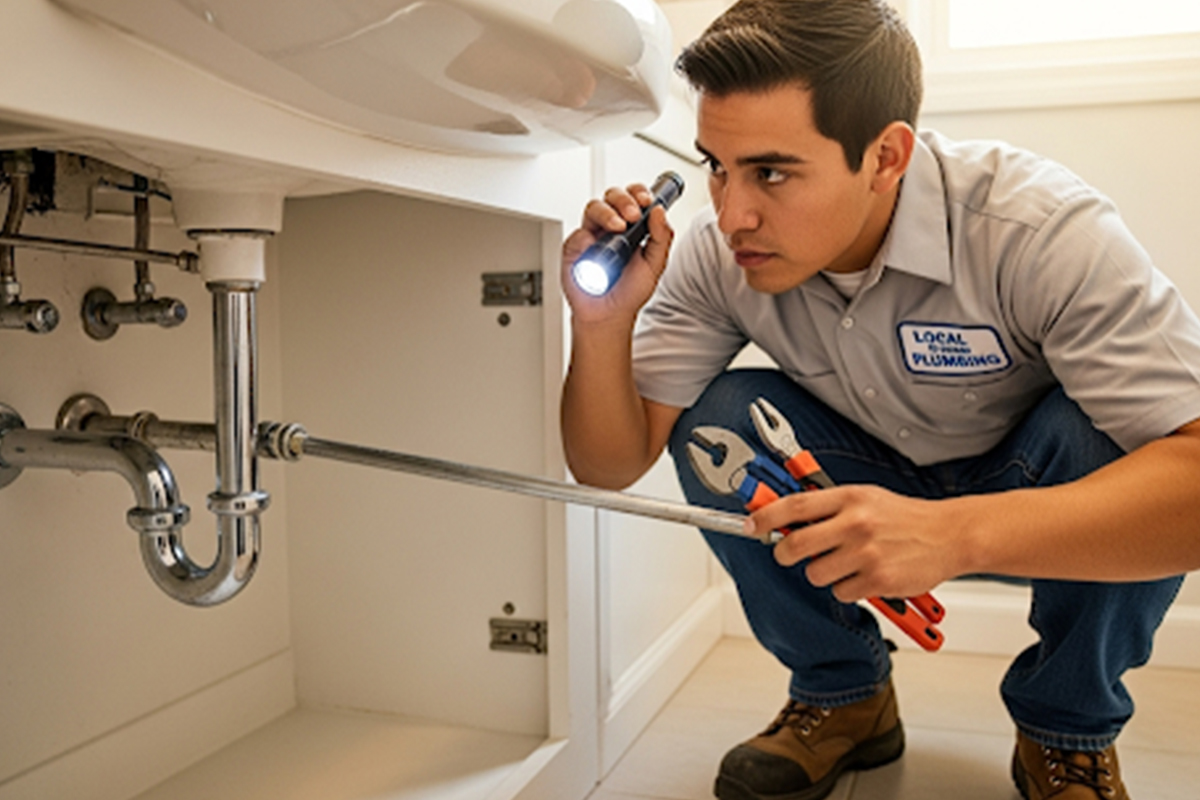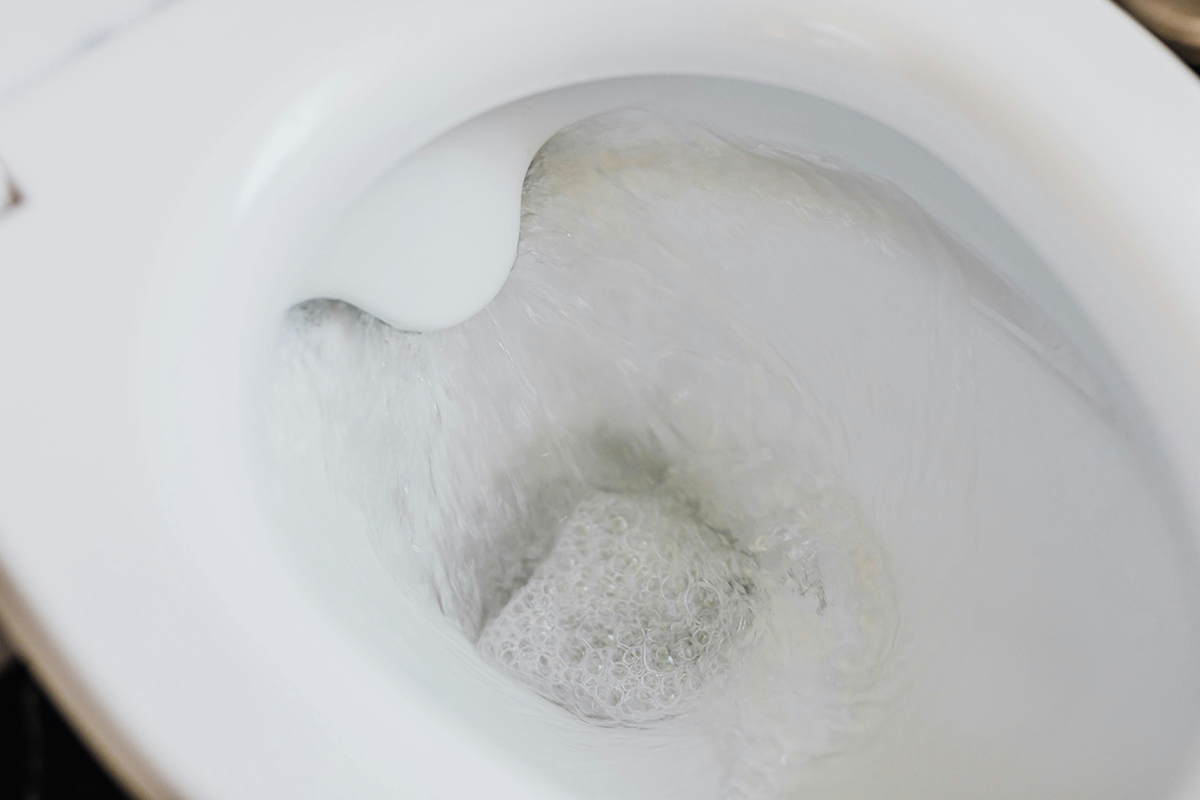Summer’s arrival often means more time spent outdoors, enjoying longer days and warmer weather. This shift in routine frequently correlates with an increase in household water consumption, from watering gardens to filling pools. The collective impact of this heightened demand places considerable strain on water resources. Conserving water is a critical environmental responsibility, reducing the burden on natural ecosystems and ensuring resource availability for future generations. Furthermore, efficient water use directly translates to lower utility bills for homeowners.
The bathroom often represents the single largest source of domestic water use. Toilets, showers, and taps account for a substantial portion of daily consumption. Here are a few practical and straightforward summer enhancements for a bathroom that prioritizes water efficiency to promote responsible resource management.
Why Focus on the Bathroom for Water Savings?
Bathrooms are prime areas for water conservation efforts. Daily routines within this space offer numerous opportunities to reduce consumption. Focusing on the bathroom yields significant environmental and financial benefits.
- Toilet Flushing Frequency
Toilets are major water users. Each flush consumes a significant volume. Older models are particularly inefficient. Upgrading to modern, low-flow options dramatically reduces water waste. This change provides substantial long-term savings.
- Shower Duration and Flow
Long showers with high-flow showerheads use vast amounts of water. Shorter showers and low-flow fixtures significantly cut down on consumption. This adjustment maintains comfort while conserving resources.
- Leaky Taps and Toilets
Even small leaks can waste thousands of litres annually. A constantly dripping tap or a phantom-flushing toilet adds up quickly. Regular maintenance and prompt repairs prevent this continuous wastage.
- Handwashing and Brushing Habits
Leaving the tap running while brushing teeth or scrubbing hands is common. This habit leads to unnecessary water loss. Turning off the tap during these actions conserves water effectively.
- Overall Household Consumption
Addressing water use in the bathroom positively affects total household consumption. Reductions here contribute meaningfully to overall home efficiency. This area offers the most significant potential for water savings.
Key Eco-Friendly Bathroom Upgrades for Summer
Implementing specific upgrades during the summer can immediately improve water efficiency. These changes are often simple and yield quick returns on investment. Consider these enhancements for a greener bathroom.
- Dual-Flush Toilet Installation
There are 2 flush choices available for dual-flush toilets: a full flush for solid waste and a low-volume flush for liquid waste. The total amount of water used is greatly decreased by this design. These toilets are the best option for conserving water.
- Low-Flow Showerhead Replacement
Modern low-flow showerheads deliver a powerful spray while using less water. Many models incorporate air-infusion technology for a satisfying experience. Replacing older units is an easy, impactful upgrade.
- Aerators for Taps
Tap aerators mix air with water, maintaining pressure while reducing flow. They are inexpensive and easy to install on most existing taps. Aerators minimize water use for handwashing and other tasks.
- High-Efficiency Washing Machines
While not strictly a bathroom fixture, washing machines often reside near bathrooms or utility spaces. Upgrading to a high-efficiency model, particularly front-loading, uses significantly less water per load. This upgrade saves substantial water.
- Rainwater Harvesting Systems
Small-scale rainwater harvesting can supply non-potable water for toilet flushing. Collecting rainwater in barrels allows its use for flushing and other outdoor needs. This system reduces reliance on treated municipal water.
Water-Saving Habits for Your Bathroom

Beyond physical upgrades, daily habits play a crucial role in water conservation. Adopting conscious practices in the bathroom complements any installed water-saving devices. These behavioural changes are simple to implement.
- Shorter Showers
Even a few minutes less spent in the shower each day can save a significant amount of water. To keep track of time, use a timer. This practice saves water right away.
- Turn Off the Tap
When brushing teeth or shaving, turn off the tap. Do not let water run continuously. This simple action prevents unnecessary water wastage during these routines.
- Full Loads for Laundry
Only run washing machines and dishwashers with full loads. Partial loads use the same amount of water as full ones, wasting resources. Consolidating loads optimizes water use.
- Check for Leaks Regularly
Periodically inspect toilets, taps, and showerheads for leaks. A silent toilet leak can waste thousands of litres annually. Promptly address any detected drips or phantom flushing.
- Use a Plunger, not a Flush
Avoid flushing items that could clog the toilet. Use a waste bin for tissues and other small refuse. This prevents unnecessary flushes and potential plumbing issues.
Benefits of Eco-Friendly Flushing
Adopting eco-friendly flushing practices and broader bathroom water efficiency offers numerous advantages. These benefits extend from personal finances to wider environmental well-being. The positive impacts are significant.
- Reduced Water Bills
Lower water consumption directly translates to reduced monthly utility bills. This financial saving is a tangible benefit for homeowners. Over time, these savings accumulate considerably.
- Environmental Preservation
Conserving water lessens the strain on local water sources and ecosystems. It supports aquatic life and maintains healthy natural water cycles. This practice helps preserve precious natural resources.
- Energy Savings
Heating water consumes considerable energy. Using less hot water for showers and other tasks reduces energy demand. This leads to lower electricity or gas bills.
- Extended Lifespan of Septic Systems
For homes with septic systems, reduced water use lessens the burden on the system. This can extend its operational lifespan. Less frequent pumping is often required.
- Contribution to Community Water Security
Individual water conservation efforts contribute to the overall water security of a community. During dry spells or periods of high demand, collective savings are crucial. Every drop saved helps. According to Environment and Climate Change Canada, residential water use accounts for approximately 65% of municipal water use in Canada. Reducing this figure through eco-friendly practices supports national water management objectives.

Enhancing bathroom water efficiency through simple summer upgrades and mindful habits offers substantial benefits. From lowering utility bills to safeguarding vital natural resources, the impact is far-reaching. Embracing eco-friendly flushing represents a commitment to responsible living. For expert guidance on optimizing your home’s water systems, contact Plumbing Authority at (647) 992-7473.

